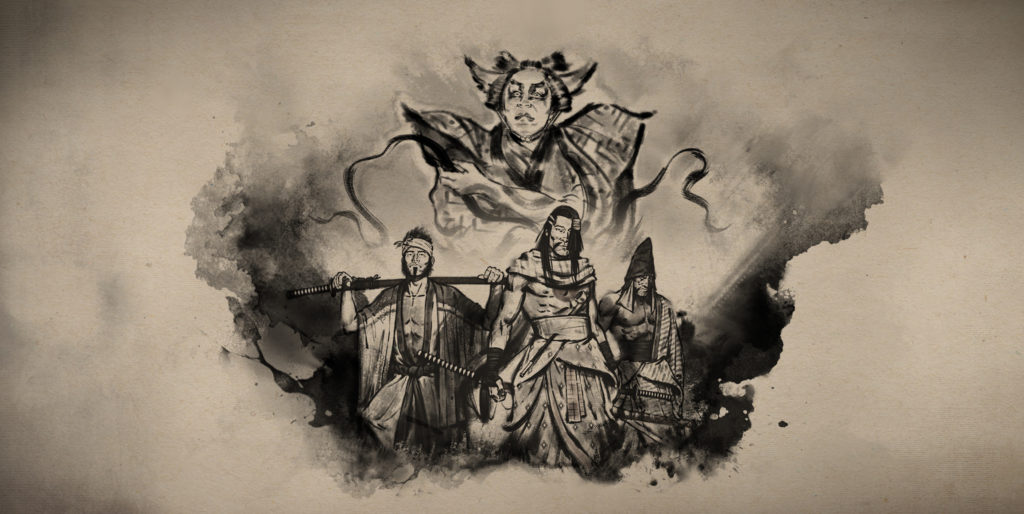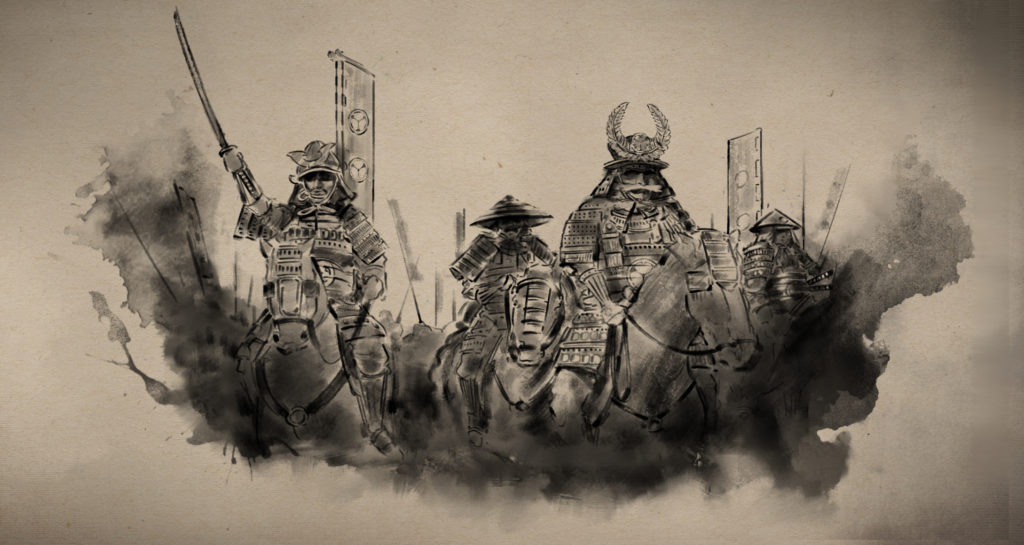Komuso: The Flute-Playing Monks of Emptiness
Few images are more distinctive than the iconic silhouette of the komuso monk. These mendicant monks traveled across Japan in the Edo period, begging for alms and observing the land. Their uniform consisted of a kimono, a woven basket worn over the head, and a traditional bamboo flute called a shakuhachi. During this period, they …









